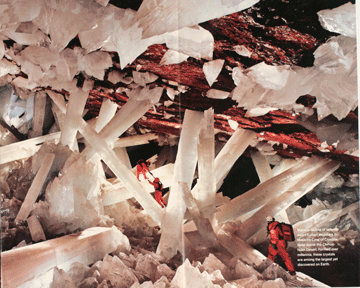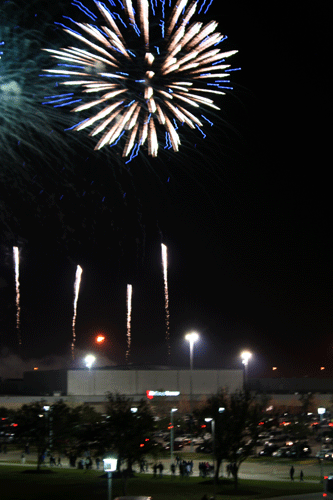Before anything else is said in this post, I would like to take this opportunity to thank the wait staff of the Artisan for putting up with me and my camera on three separate occasions (twice in one day). I had staked out the café as my tungsten source early on, and had messed up my first take by, quite simply, taking terribly out-of-focus pictures and not having control over the flash. So I went back, and tried again, and produced some photos that I do like…but I forgot to follow all of the instructions for shooting, and never changed my white balance during the session. OH MY GOD. This was extremely annoying.
But because I like the pictures, I’m including them here (images have been toned and color balanced):

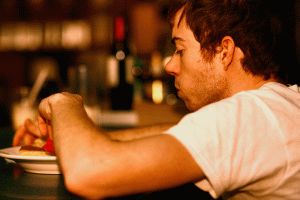
Anyway, after realizing that I had messed up Take Number Two, I went back to the Artisan to make up for my previous errors. And even though I controlled the flash a little bit better this time, the one picture I really like is also the one that uses mixed lighting. Sheesh. I can’t win. (It is, however, kind of neat to see the shift from tungsten at the counter to fluorescent in the kitchen. Plus, no crazy reflections on the metal!)
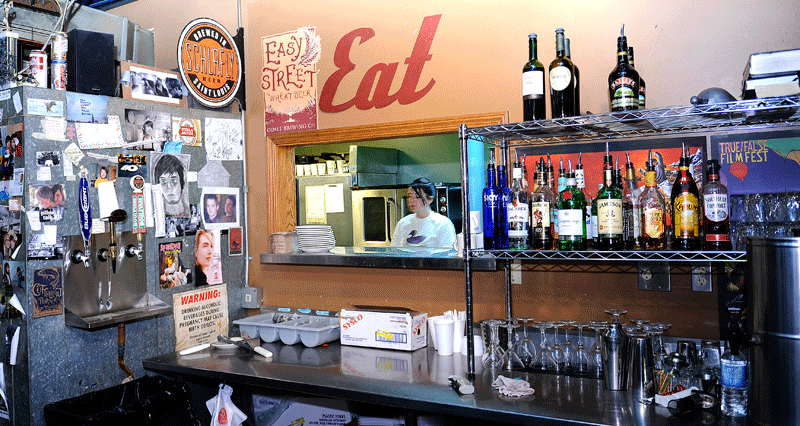
I ended up using a select from my fluorescent take–I went to Sub Shop (which felt almost like cheating because it’s so damn close to the J-School) and took some images of the girl working the counter. ONCE AGAIN, I forgot to set the white balance correctly, and took more than half of the images with the green gel on the flash…and daylight white balance. Whoops. Fortunately, I realized my mistake and changed the settings before the take was over. I don’t think this photo is as visually compelling as the others were, but I did get the balance part and all the technical stuff right…so it’s the winner. 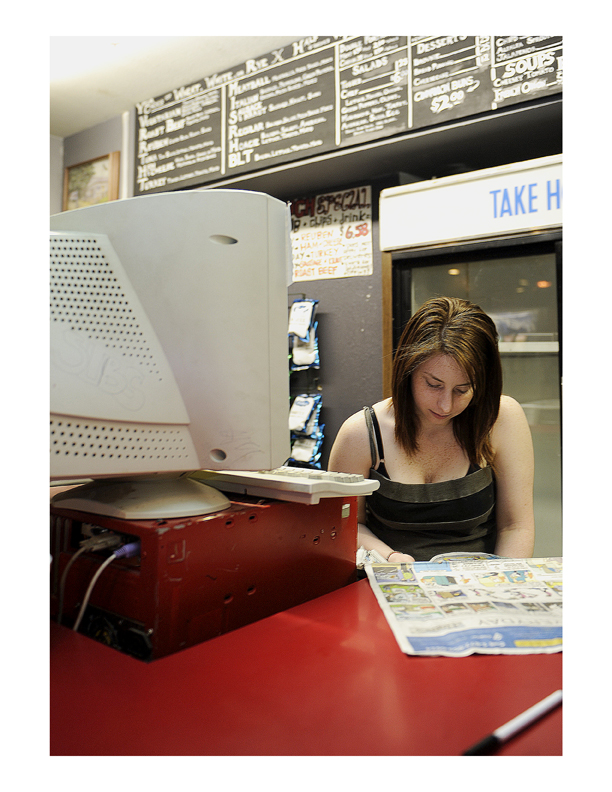 Gwen Douglas reads the day’s comics while waiting for customers to arrive at Sub Shop in Columbia, MO . Douglas, who has worked at Sub Shop since Halloween of 2008, describes her job as “easygoing.”
Gwen Douglas reads the day’s comics while waiting for customers to arrive at Sub Shop in Columbia, MO . Douglas, who has worked at Sub Shop since Halloween of 2008, describes her job as “easygoing.”
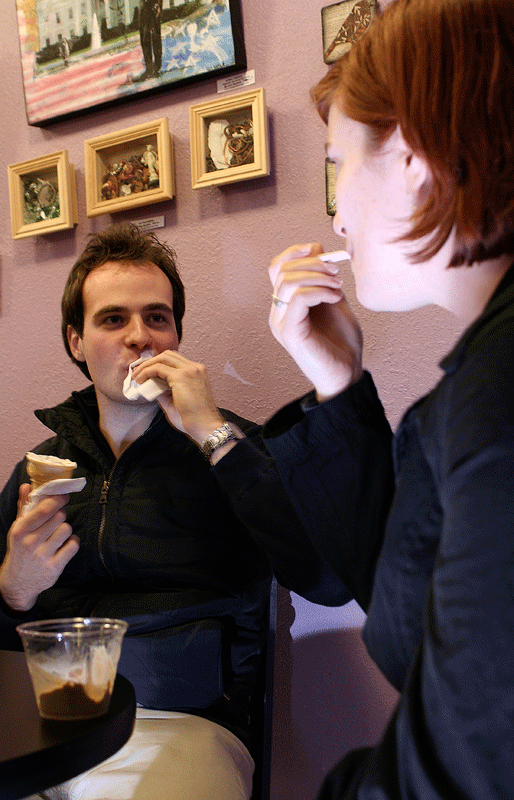 This was picked almost entirely for the interaction element, and the fact that their hands are in near unison. Her face is just too blown out for me to really like the image (plus, it’s not perfectly focused). I tried some bounce for this, too, which had some sweet space-age effects when I bounced off the floor–it was like an alien light tunnel was opening underneath the family.
This was picked almost entirely for the interaction element, and the fact that their hands are in near unison. Her face is just too blown out for me to really like the image (plus, it’s not perfectly focused). I tried some bounce for this, too, which had some sweet space-age effects when I bounced off the floor–it was like an alien light tunnel was opening underneath the family.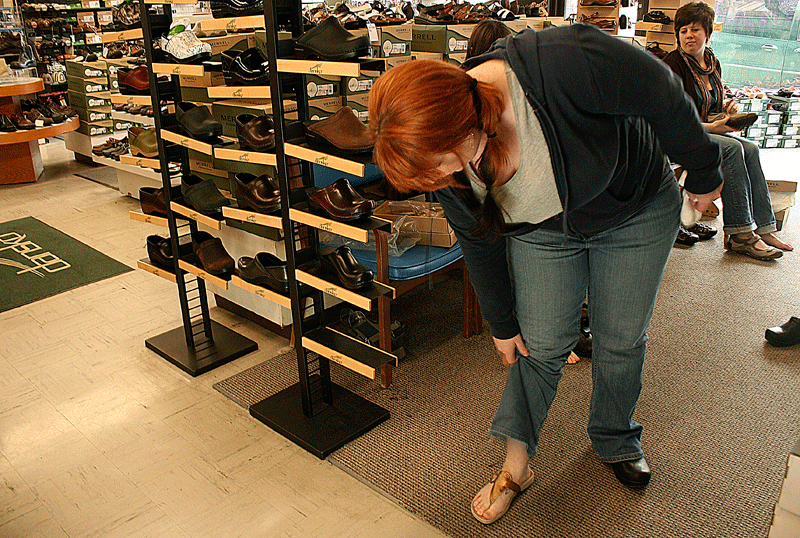
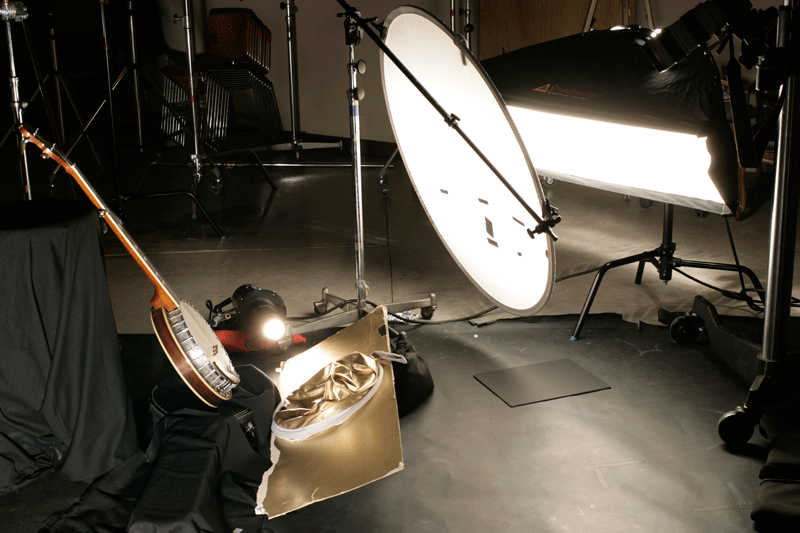


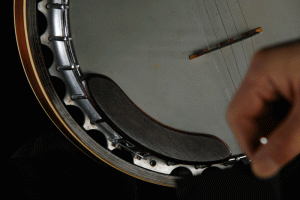
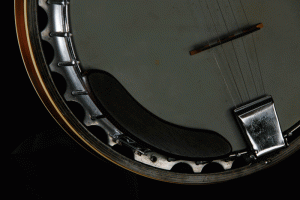
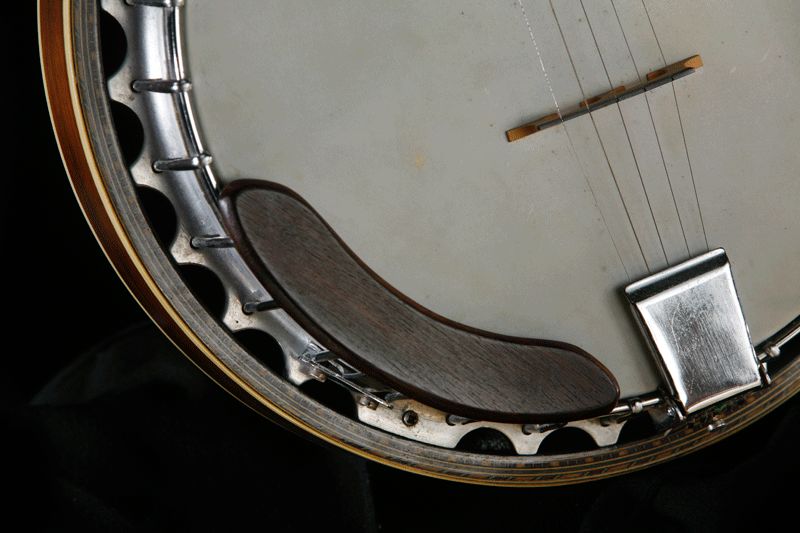
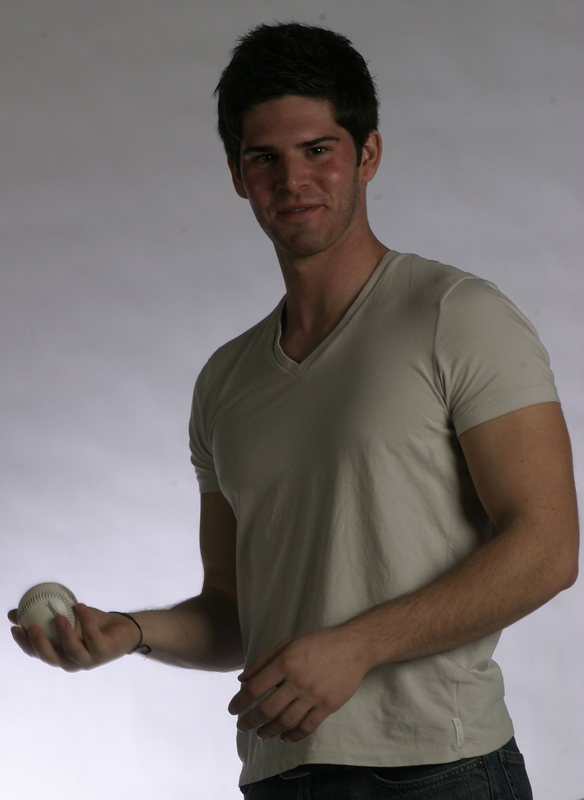 wayyyy better job of lighting Matt’s hair, and his face is a liiiiiittle too shadowed…I also think stopping up one or two would have made a huge difference, as I shot this at 1/45 of a second (sheesh…).
wayyyy better job of lighting Matt’s hair, and his face is a liiiiiittle too shadowed…I also think stopping up one or two would have made a huge difference, as I shot this at 1/45 of a second (sheesh…).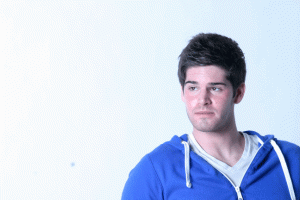





 For this week’s assignment, we had to find two images from a magazine (one in which the lighting contributed to the overall mood of the photo, and one in which we wanted to know how exactly the lighting was done) and photograph them using the copy stand. We also had to ‘finish the roll’ (in film terms) of images–the catch being we had to keep the white balance set to Tungsten.
For this week’s assignment, we had to find two images from a magazine (one in which the lighting contributed to the overall mood of the photo, and one in which we wanted to know how exactly the lighting was done) and photograph them using the copy stand. We also had to ‘finish the roll’ (in film terms) of images–the catch being we had to keep the white balance set to Tungsten.
 Photos (c) Carsten Peter; National Geographic, 11/2008
Photos (c) Carsten Peter; National Geographic, 11/2008